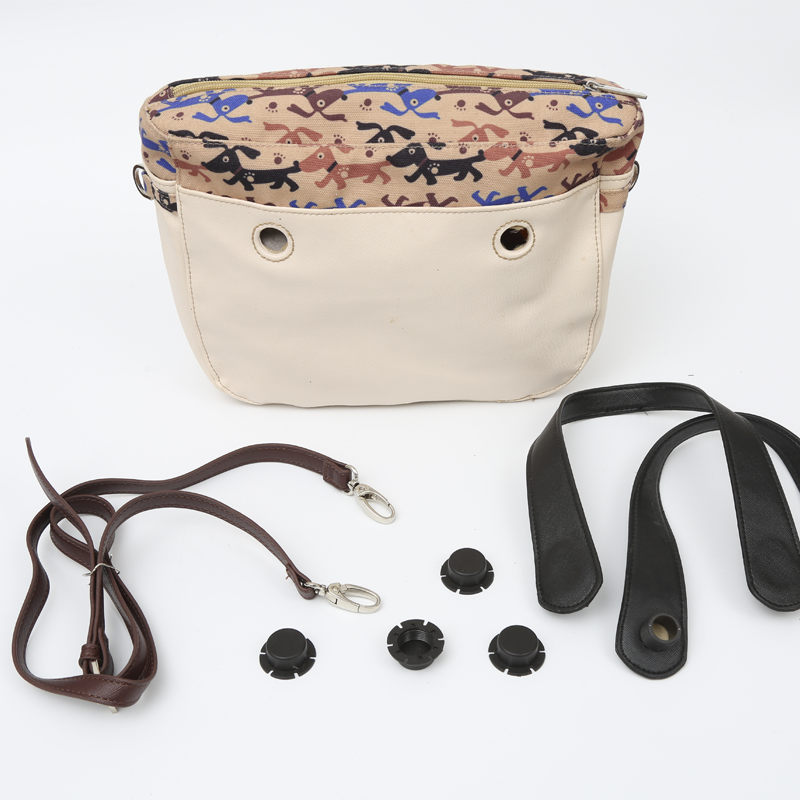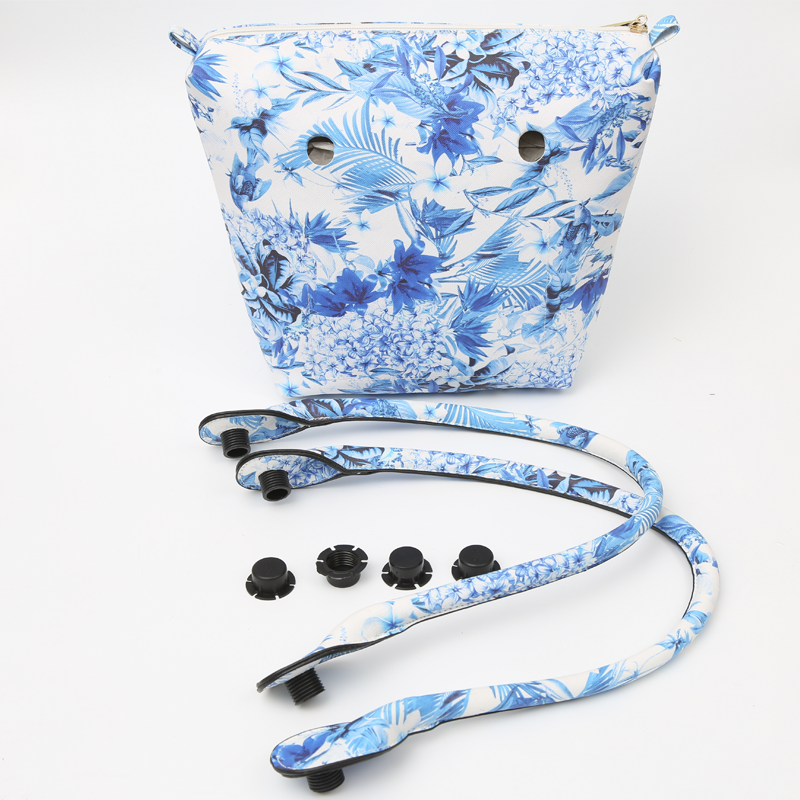Yang Lisheng Zhengde Vocational and Technical College, Nanjing, Jiangsu 211106
Abstract: Based on the analysis of the teaching characteristics of the single chip microcomputer course and the actual situation of teaching, this article puts forward suitable teaching methods and principles, improves the teaching effect, and enhances the students' application ability.
Keywords: single chip microcomputer; teaching method; application ability
The MCU is widely used in various fields of production and life with its low price and excellent performance, such as smart meters, industrial control, household appliances, etc. It can be said that the MCU is everywhere. Due to its small size, strong functions, good reliability, and high cost performance, its applications are becoming increasingly widespread. The society also maintains a high demand for single-chip microcomputer development and application talents. Therefore, the majors of electrical, mechanical and computer applications in colleges and universities have set up courses on single-chip microcomputer principles and applications. The purpose of MCU teaching is to cultivate students' ability to use MCU comprehensively, including MCU hardware system design and software design, but also to be familiar with the development process of MCU, which involves a wide range of knowledge. The way to learn to use. In this paper, based on the analysis of the problems in the single-chip teaching, combined with years of single-chip teaching practice, the teaching method of this course is discussed in depth.
1. Boring traditional teaching methods
The traditional single-chip microcomputer teaching is based on the single-chip microcomputer structure, and the concepts of bus and address are put forward at the beginning. It is difficult for beginners to understand these abstract concepts. The second part of the instruction part is an independent part that is separate from the specific task. It is not easy for students to understand the purpose of the instruction, let alone master and use it. The third part is the application and expansion of the principle of the interface. Students need to design the assembler and C program based on a comprehensive understanding of the previous two parts. The various parts of the single-chip computer work together to form a complete application system. If students cannot fully understand these, it is difficult to master some concepts and principles alone. Therefore, when students first came into contact with the single-chip microcomputer, they all felt that they could not get started, and basically gave up after learning. In fact, the single-chip microcomputer is a very practical course, and it is also very interesting, so if you can change the traditional teaching methods, start with fun, give full play to the initiative of students, and strengthen the practical links, you can certainly improve the teaching effect. Almost all colleges and universities now recognize this and are exploring various teaching reforms. Some of the author's practices in the teaching process are as follows.
Second, cultivate student interest
The reason why students lack interest in single-chip microcomputer learning is that the knowledge and principles of single-chip microcomputers are very abstract. For students, single-chip microcomputers are invisible concepts that are difficult to generate interest. If you can let students have a sentient understanding of the microcontroller from the beginning, and then from the sensibility to the specific application, the effect will be much better.
1. Start with perceptual knowledge
In the first class, we will prepare the physical chip of the single-chip computer, various interface chips and the physical objects of the input and output devices, such as the single-chip AT89C51, small keyboard, light-emitting diode, digital tube, LCD screen, temperature sensor 18B20, etc. The functions of these physical objects are introduced. Taking household appliances such as washing machines, refrigerators, water heaters and air conditioners that are visible daily as examples, the use cases of these devices are explained, and then simulation software or development boards are used to demonstrate the practical electronic systems composed of these devices, such as The temperature measurement system, which is relatively easy for most people to understand, includes digital tube and liquid crystal display, input button recognition, LED control, etc. In this way, students have a perceptual understanding of the function and use of the single-chip microcomputer, and at the same time understand the single-chip microcomputer from the perspective of the chip, so that the single-chip microcomputer is no longer an abstract concept and terminology.
2. Make full use of network resources to cultivate students' self-learning ability
Through the first class, students have an understanding of the application of single chip microcomputer. This is only the first step to cultivate interest. Next, it is necessary to find a suitable solution to the problems that students may encounter during the learning process, so that students can solve their own problems. The problem, this is the rational use of online resources. Now the online resources are very rich, especially the forums for some microcontroller beginners. Basically, the issues discussed are the problems that will be encountered when first contacting the microcontroller, such as what is the bus, what is the address, why should we divide the address bus and data bus, memory The difference between the unit and the register, etc., the explanation in the forum generally adopts an example method to explain these basic concepts from the perspective of easy for beginners to understand, which is easy to understand and can be used as a useful supplement beyond classroom teaching.
In addition, when students do not understand a certain problem, do not directly give answers or conclusions, but should inspire students to solve their own problems, such as what materials need to be consulted to solve this problem, where to check, etc., provide students with a practical website, when Students will be given specific guidance when they encounter problems in reading materials. Students will not only solve problems and gain a sense of accomplishment in the process of consulting materials, but also learn to solve problems independently, which will increase their interest in learning. At the same time, guide students to look at the chip information by themselves, so that they can do the same thing in the learning of single-chip microcomputers. Avoid learning one type of single-chip microcomputer. This is the only one. Principle and structure. In today's network is so developed, the colorful MCU forum provides us with great convenience. Rich MCU software and hardware resources, cases, typical circuits and program modules that can withstand scrutiny are well worth learning. We should guide students to dig, digest and use network resources, its meaning goes beyond the teaching process itself. The teaching of single chip microcomputer should teach students the method of learning, not just knowledge.
3. Enhancing practical links and cultivating practical skills
Microcontroller is a practical course. If you want to learn MCU well, you must do more hands-on practice. If you do not pay attention to practice, students may not understand the application and development of the single chip after completing the course, and they have not achieved the practical purpose. In response to this situation, we start from two aspects. One is to arrange the experiment in the process of theoretical teaching, rather than to practice after all the theories are finished; the second is to cultivate students' engineering quality through open experiments.
1. Close integration of theory and practice
The traditional single-chip teaching is to talk about the theory first, and then concentrate on all the theoretical classes before doing experiments. If this method can be changed, the first introductory experiment will be done after the basic knowledge is learned, so the effect will be better. This experiment has two purposes: one is to familiarize students with the experimental operation steps, and the other is to deepen the understanding of the previous knowledge through software simulation, and to develop a perceptual understanding of the knowledge of memory cells, registers, and data processing. Then talk about the principles, applications and programming methods of each interface circuit. For each part of the hardware knowledge, 1 to 2 corresponding experiments are arranged. For example, after the operation of the basic I / O port, arrange the marquee experiment and let the students On this basis, modify the program to achieve the purpose of flexible use of I / O ports. Another example is to finish the keyboard recognition method, arrange the key recognition experiment, and design some additional content to achieve the purpose of completing certain functions according to the key input situation. All interfaces are carried out in this way, and the specific situation can be adjusted according to the respective class hours.
2. Cultivate students' comprehensive quality through open experiments
In the single-chip teaching, the conventional teaching is generally the process of completing the teaching of knowledge and the completion of the established experiments on the existing hardware platform, and the system's hardware and software design cannot be exercised. This can be compensated by open teaching. Of course, laboratory open teaching also includes students who have not mastered the content of the class to supplement it with extra time. We only discuss the role of laboratory opening in cultivating students' system design ability and innovation ability. Open teaching in the laboratory involves a lot of content. In terms of teaching content alone, our approach is to encourage students' independent innovation and enthusiasm, allowing students to choose their own topics. After the review and approval of the instructor, students work out their own work plan, including access to information, The whole process of program demonstration, hardware and software design and final system debugging is completed under the supervision of the instructor. This approach not only consolidates the knowledge learned in the classroom, but also stimulates their curiosity on how to apply the knowledge learned, and guides them to transform theoretical knowledge into practical projects, which is very suitable for students who have a good foundation and want to further improve .
4. Conclusion
In MCU teaching, teaching and learning are equally important. Improve teaching methods, cultivate students' interest, and guide students to use their own hands and brain to achieve the purpose of enabling students to learn actively. Practice has proved that these methods can arouse students 'enthusiasm, improve students' learning efficiency, and achieve good teaching effects.
The most popular of Obag accessories is PU handles and canvas inner bag. The inner zip-up fabric bag and two inner lateral pockets. The O Bag inner bag is entirely fitted inside the body and screwed to the bag handles through four lateral holes.
Dongguan Kangta plastic Hardware products Co., Ltd is founded in 2008, specialized in design and manufacture O bag and other EVA Foam custom products. With 10 years of professional R&D capability, we had developed around 50 styles of EVA Obag Bags including EVA Handbags, EVA shoulder bags, EVA backpacks. All those EVA fashion bags are free of molds charge, 52 colors for your choose and your logo is also welcome to laser on the bags.


Canvas Inner Bags, obag inner bag, o'bag inner, o'bag accessories
Dongguan KangTa Plastic Hardware Products Co., Ltd. , https://www.evayes.com